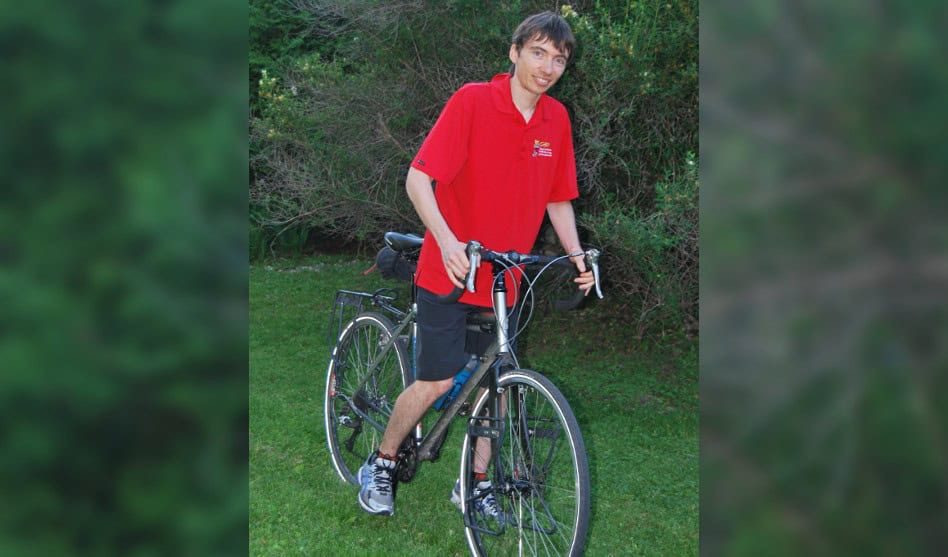HALO researcher Dr. Richard Larouche is lead author on a paper, “Outdoor time, physical activity and sedentary time among young children: The 2012–2013 Canadian Health Measures Survey,” that was published today in the Canadian Journal of Public Health. Citation details and a summary of the paper are below.
Larouche R, Garriguet D, Tremblay MS. Outdoor time, physical activity and sedentary time among young children: The 2012–2013 Canadian Health Measures Survey. Can J Pub Health. 2016;107(6):e500-e506.





